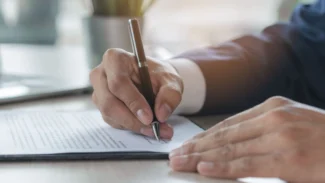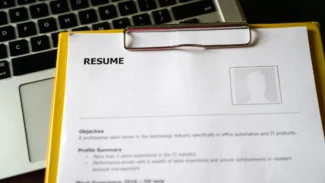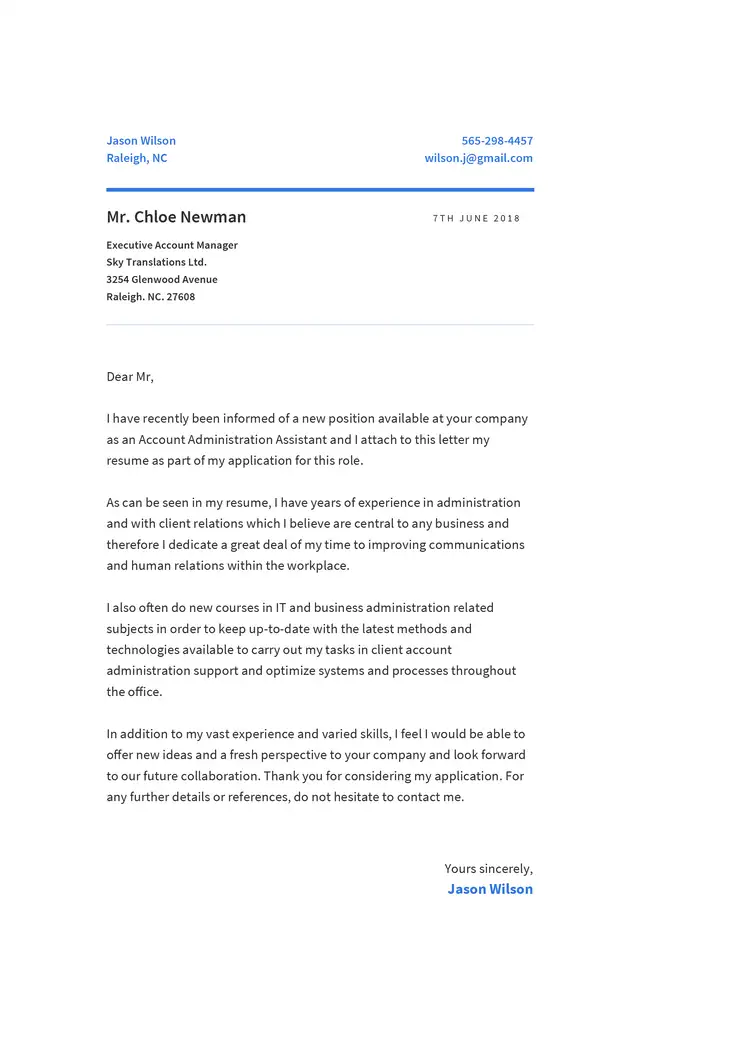It happens all the time, you find the perfect job posting online, you fill in all of your info, and all of a sudden you see an option to submit a cover letter.
If it says optional, you may ask yourself, do I even need to submit a cover letter?
It’s always a good idea to submit a cover letter and ensure it’s well written. One important concept to focus on when writing a cover letter is the length.
So, just how long should a cover letter be?
If a cover letter is too long, will a hiring manager bother to read it? If it is too short, will you come off as lazy or disinterested?
That’s why your cover letter cannot be too wordy or too brief.
Add a good cover letter to a well-made resume, and you have the best combo to strike a chord with any employer.
Using a resume builder to create a professional resume, and following our cover letter advice, will make the task simple.
Keep reading below to understand what the perfect cover letter length is, and ensure your application stands out from the rest.
How many words should a cover letter be?
Before you start writing, you should set a goal for yourself regarding the length of your cover letter. Apart from the number of words, ask yourself:
- How many paragraphs should a cover letter have?
- Can a cover letter be two pages?
Your cover letter shouldn’t be longer than 350-400 words or shorter than around 250 words, according to Indeed.com, and it should be kept to a single page. It should highlight the most relevant skills, experience, or qualifications. It shouldn’t include all your achievements, that’s what your resume is for.
400 words is the maximum limit for the cover letter length, not the recommended limit. Ideally, it should be shorter, providing you can hit the nail on the head.
Cover letter structure
Your cover letter should include the following sections. Make sure the different parts are spaced out attractively. If you’re writing an email it isn’t necessary to include the employer’s contact information or the date.
- Contact information: name, address, city. state, zip code, phone number, email address.
- Date
- Employer contact information: name, address, city. state, zip code, phone number, email address.
- Cover letter opening: Dear Mr./Ms. last name,
- First paragraph: Include some information about the position you’re applying for including the job title and how you heard about the position. Briefly say why you are a strong candidate for the position.
- Second paragraph: Expand on why your work experience and qualifications make you the ideal person for the job. Focus on a couple of main points and keep it brief.
- Third paragraph: Thank the employer for considering your application and finish on a positive note. You could say that you’re looking forward to their response.
- Cover letter ending: Your sincerely,
- Your name
Concise, simple, and readable
Reading your cover letter should be easy. Use short sentences with the occasional longer one for the sake of variety. Avoid over punctuating by using mainly full stops and not too many commas.
Decide the points you want to highlight and them write them in the clearest way possible. You are neither writing an academic essay or a text message to a friend so keep it serious and don’t feel the need to show off your vocabulary. Try to avoid cliches as they lack effect.
Cover letter format
Readability should again be the aim. Make sure there is ample white space and that the text doesn’t look crowded. Leave margins and leave space between paragraphs and the different section of the cover letter format.
Use an easy-to-read font such as Arial in size 11 or 12 as you don’t want the reader to squint. Make sure you left-justify your entire letter.
Check for mistakes
Proofread your cover letter at least twice before you send it. This is one of the best cover letter practices as typos and other silly mistakes give a bad first impression.
You want to show that you’re professional so make sure both your cover letter and your resume are up-to-scratch.
Just like writing a cover letter, understanding how to write a resume will be essential during your job search.
Don’t commit the cardinal sin of handing in a cover letter or resume with grammatical errors or spelling mistakes.
It can be difficult to spot your own mistakes so ask someone else to look at it too if possible.
Read a guide on how to write a resume which maximizes your chance of reaching the interview stage.
Related Blog





